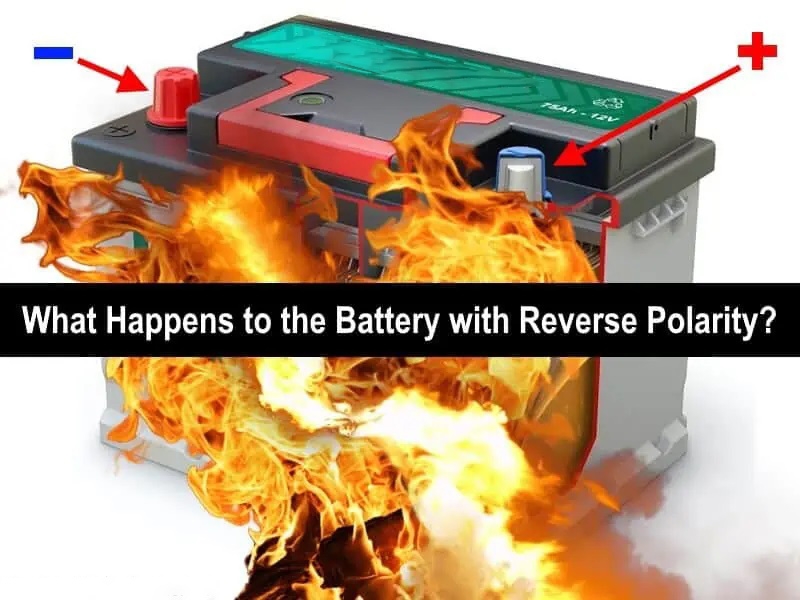Battery reverse polarity occurs when the positive and negative terminals of a battery are connected in reverse, meaning that the positive terminal of one battery is connected to the negative terminal of another or to a circuit intended for the negative terminal. This can happen due to several reasons.
- Human Error: The most common cause of battery reverse polarity is human error during installation or replacement. If someone incorrectly connects the battery terminals without paying attention to the polarity markings, they may inadvertently reverse the connections.
- Faulty Wiring: In some cases, faulty wiring in electrical systems or devices can lead to reverse polarity. This can occur if wires are mislabeled or if there is a wiring error during installation or repair.
- Defective Components: Defective components, such as connectors, switches, or adapters, can also cause reverse polarity if they are wired incorrectly or malfunction.
- Accidental Contact: Accidental contact between conductive materials, such as metal tools or debris, can create a short circuit that reverses the polarity of the battery terminals.
- Incomplete Disconnect: When replacing a battery or disconnecting electrical components, if one end of the circuit remains connected while the other end is disconnected and then reconnected, it can lead to reverse polarity.
Reverse polarity can have serious consequences, including damage to electronic devices, electrical systems, and batteries themselves. It can cause electrical components to malfunction, circuits to short out, and in some cases, it can even pose a safety hazard by causing overheating or fires.


